Ten reasons to get outdoors on Iveragh in Autumn
- Calum Sweeney

- Oct 27, 2022
- 5 min read
Updated: Nov 9, 2022
Ten reasons to get outdoors on Iveragh in Autumn
Autumn is not merely a lesser version of summer; it is a time of year that offers its own precious and unique experiences to those who seek them. If you ask us, autumn passes all too quickly to experience these delights fully. Here is a list of the top 10 reasons to get outdoors on the Iveragh peninsula in autumn. I’ll save my personal favourite for last.
1. Its quieter!
The bustle of summer hikers on Iveragh’s vast network of walking trails is only a memory, while the ‘Ring of Kerry’ road which circumnavigates the peninsula has far fewer buses and cars on it. All this makes hiking and cycling a much more enjoyable experience. From personal experience, quieter autumn trails mean greater chances of wild animal encounters. Be it a sparrowhawk resting on the branch of a birch tree, a mountain hare munching heather or a large carder bee drinking nectar from ivy flowers.
2. Return of migrating birds
The animal wildlife doesn’t vanish just because it’s coming into winter. In fact, autumn marks the arrival of many birds that are migrating back to Ireland. These birds are returning from summers spent many hundreds of kilometres away, in places such as South America, Greenland and Canada. Lapwings, geese, and curlew wade across the wetlands of Iveragh, their calls echoing in the air as they forage. You can see and hear them all over Iveragh but Ballinskelligs Bay and the Portmagee channel are real hotspots.
3. The illuminating sun
The autumn sun sits low in the sky, highlighting fascinating rock art and geological features and making them much easier to see. The Iveragh peninsula is Ireland’s rock art capital, with about one-third of the whole of the island’s rock art (petroglyphs) found on this peninsula alone, and more being discovered by the day. The rings, hollows and grooves characteristic of these mysterious 4500-year-old carvings are dramatically highlighted in oblique sunlight. Older again by many millions of years are a different kind of mark left in the rock - animal tracks made at the Valentia Island tetrapod trackway about 385 million years ago. These tracks were left by some of the earliest land animals as they started to make their way out of the oceans. The low sun, especially during the ‘golden hours’ just before sunset, really highlights these iconic rock features on Iveragh.
4. Longer nights
The Iveragh peninsula is home to the Kerry International Dark Sky Reserve owing to its remarkably low light pollution. This creates opportunities to see the wonders of the night sky unshrouded by the bright lights of large towns and cities. Iveragh’s nights get longer and longer as autumn progresses. This allows you to explore the stars, comets, and galaxies without having to stay up into the small hours. You can admire the highlights of the night sky with the naked eye, a pair of binoculars, a telescope, or perhaps a camera if you’d like to try your hand at astrophotography. Ballinskelligs beach is a good place to visit for this. I’d recommend bringing a camping chair, a blanket, and a flask of tea!
5. Surprising streams
Atlantic rains arrive in autumn creating stunning freshwater sights. Many of our streams and upland rivers dry out over the summer, and it is in autumn when they spring back into full flow – gushing around craggy sandstone rocks, bubbling through rainforests and blanket bogs before slowing for their momentous greeting with the Atlantic. These seasonal spectacles bring a range of sounds and sights that the summer walker is unaware of, from trickles to waterfalls and the squeak of wet rushes as you use them to bounce over puddles. These rains are also important for maintaining the water level in Iveragh’s bogs which are hugely important for biodiversity and carbon storage and rivers which are home to endangered species like the freshwater pearl mussel.
6. Rainbows
Gold under the rainbow? No, just the Iveragh peninsula! The harsh sunlight and ‘soft’ rains of autumn create some fantastic rainbows. The only problem is deciding whether to take your camera out or just look at them. As you could see from the photo, overlooking Ballinskelligs Bay, I had a hard time making up my mind in this regard. Autumn on Iveragh has many dry days with intermittent showers where the sun’s rays refract and reflect, creating beautiful iridescent displays across the sky.
7. Energetic coastlines
The Atlantic becomes wilder in autumn, producing dramatic seascapes around Iveragh’s 200 kilometres of coastline. Down on the beach or up on the cliff tops, there are bigger waves to watch and listen to as they arc into bays and crash against the various inlets and islets. I have found walking the coasts to be a wonderful way to observe different beaches I would like to visit in the future - with a surfboard perhaps! Rossbeigh, St. Finian’s Bay and Derrynane are great spots for autumn sea sports. Hog’s head and the lighthouse on Valentia are great places to watch the waves crash against the coast while birds surf the air currents above.
8. History revealed
My favourite historic artefact to look out for in autumn are ‘lazy beds’. These are cultivation ridges which were used to grow potatoes and grains in boggy soils by the past peoples of Iveragh. As ferns and other vegetation die back in autumn the old lazy beds, field boundaries and our amazing wealth of archaeological sites become much easier to spot. The ridges of the lazy beds always run downhill – to allow moisture and frost to run off. They were sometimes enriched with seaweed and lime to make them more fertile.
9. Last chance to see…
Autumn might be the last chance you get to see some of our wildlife that hibernate through the colder months. I like to go for evening walks and keep my eyes peeled for bats in their final bursts of activity before they gather in hibernacula for winter. Bats are frequently seen at dusk and so their presence matches up perfectly with those who are setting up for some evening star gazing in the International Dark Sky Reserve. The protected and endangered natterjack toads will burrow deep in the dunes for winter, but in autumn they make their last nocturnal feeding expeditions. Lizards take advantage of the last warm and sunny days of autumn before disappearing into the depths of stone walls for winter.
10. Vibrant autumn colours
As autumn approaches, the colours of Iveragh’s landscape transitions from the vibrant greens of summer to a new palette of russets, reds, auburns, purples and yellows – gilding the landscape and everything within it. Up close, the fruits in our hedgerows ripen with blue sloes (used to flavour gin), red haws and ruby coloured rose hips - all food for hungry birds. Rain drops in woodlands bring mosses to life, emanating greens of every shade. Fungi burst through the soil in meadows, woodlands, farmlands and heath producing their diverse forms of fruiting bodies known as mushrooms. After the fiery early autumn explosion in pink heather flowers, their colours become subtler and textures crisp. Brackens turn bronze and bow over as winter approaches.
As we come closer to completing another orbit of the sun, the autumn provides an often-overlooked three-month period in the year which has so many qualities, which make visiting at this time special.
There are many more reasons to get outdoors on Iveragh in autumn, but we’ll leave it up to you to start your own list.
If the difference between going out and experiencing all the above and discovering your own connection with autumn is just a woolly jumper or a rain jacket, then what’s really stopping you?
Photos by LIVE Project Knowledge Gatherers: Calum, Sweeney, Linda Lyne and
Aoibheann Lambe.











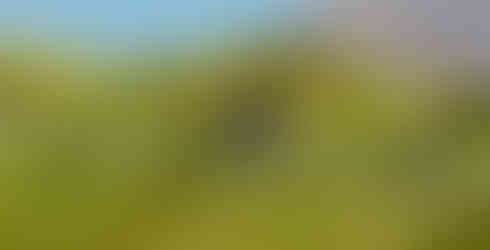






















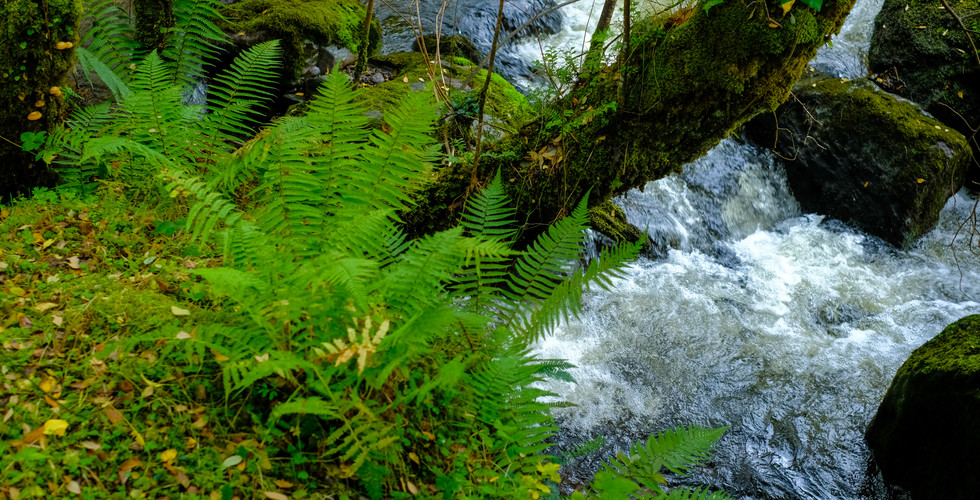
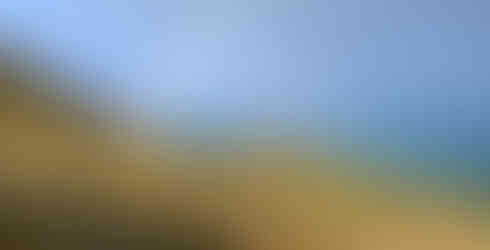










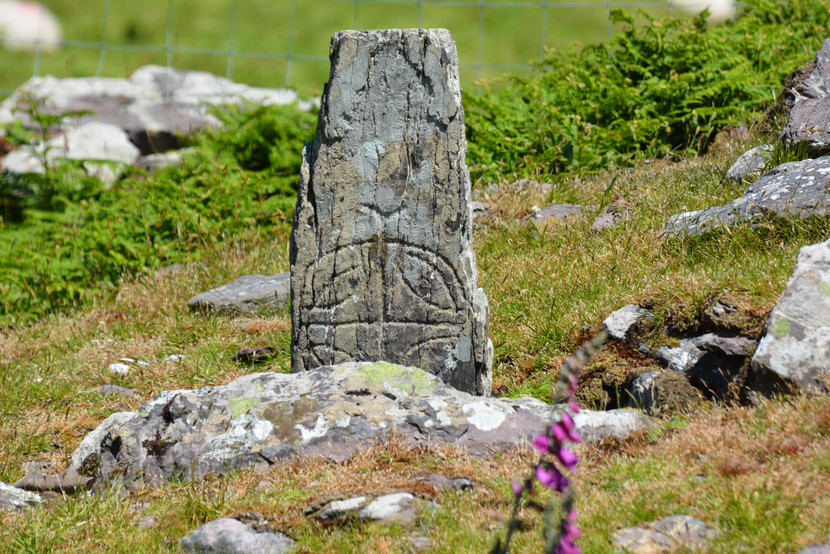



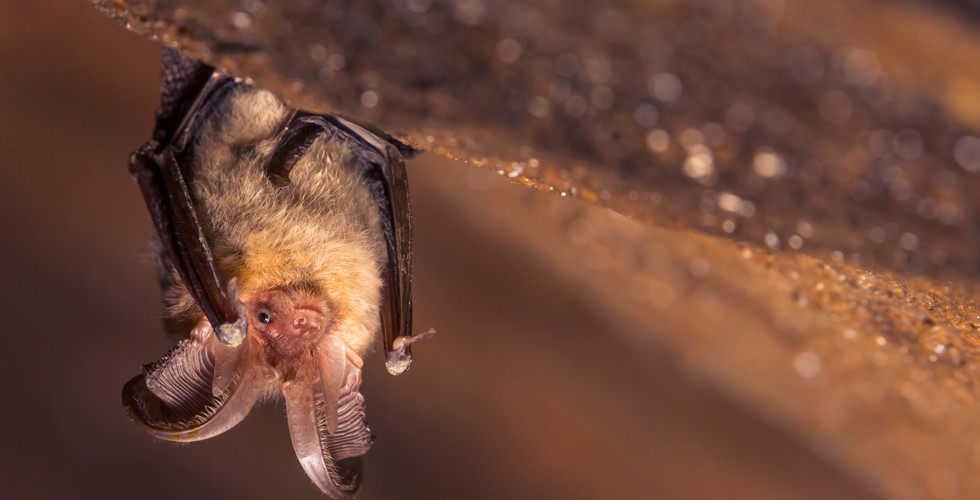

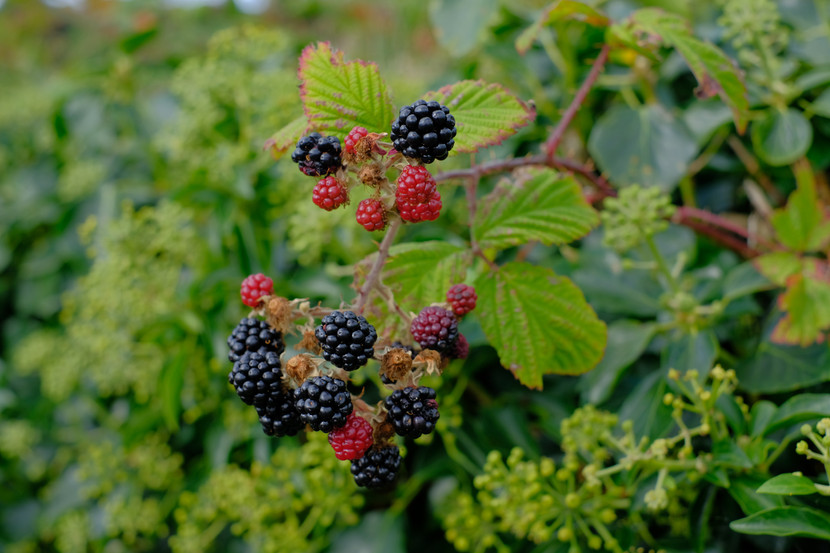

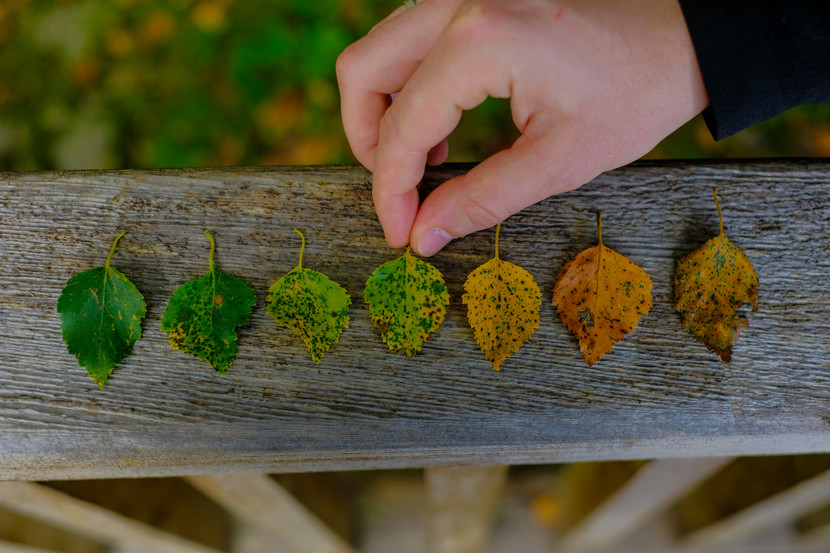









Comments